The Light and Colour Group - Department of Architecture and Technology
Light & Colour Centre

The Light & Colour Centre at NTNU was established at the Department of Architectural Design, Form and Colour Studies (now merged into the Department of Architecture and Technology). It consists of architects, interior architects, physicists and artists. This diverse group of professionals contributes to a working atmosphere where research has crucial multidisciplinary input.
The Light & Colour Centre has developed contacts with a number of academic institutions and companies in and outside Norway, which gives the advantage of a broad interdisciplinary scientific network as well as a close connection to architectural practice.
The research conducted within the group involves daylight, artificial light, colour, physics of light and colour, visual perception, and related fine art. Most of the research addresses questions with direct application in architecture, but there is also research with more basic approach.
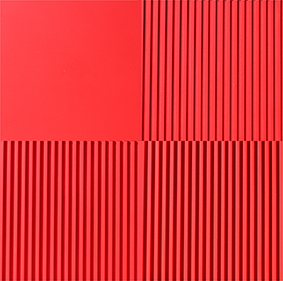 In order to conduct rigorous scientific research, the group has developed two high quality laboratories: ROMLAB and Daylight Laboratory. Both these important assets are internationally rather unique, as there exist only very few well equipped lighting laboratories around the world.
In order to conduct rigorous scientific research, the group has developed two high quality laboratories: ROMLAB and Daylight Laboratory. Both these important assets are internationally rather unique, as there exist only very few well equipped lighting laboratories around the world.
The group members are involved in education on all levels in courses arranged for students of architecture, for other students at NTNU and for different groups of practitioners. In this the two laboratories are frequently used.
Light and Colour - People and activities
Group Members
Group Members
Group members - Light and Colour Centre
Barbara Szybinska Matusiak (BM); Leader of the group. Professor at the Department of Architectural Design, Form and Colour Studies. Trained as an architect and has 6 years practice from architect offices, PhD from NTH "Daylighting in Atrium Buildings" (1998) and 11 years of experience as teacher and scientist at the Faculty of architecture, NTNU.
Competence: Architectural Design, Daylight and Electrical light, Colour
Excellence: Daylighting - all aspects
E-mail: barbara.matusiak@ntnu.no
Phone: +47 73595007
Publications
Alex Booker (AB); Professor at the Department of Architectural Design, Form and Colour Studies. Trained as a fine artist and has over 35 years of experience with colour as aesthetic and communication in the visual arts, public art in architecture, product design and visual communication.
Competence: Fine Art, Colour, Technical Design, Photography, Philosophy
Excellence: Fine Art
E-mail: booker@ntnu.no
Phone: +47 73595004
Publications
Kine Angelo (KA); Associate professor at the Department of Architectural Design, Form and Colour Studies. Interior Architect.
Competence: Interior Design and Colour Design
Excellence: Colour/design
E-mail: kine.angelo@ntnu.no
Phone: +47 73595074
Publications
Arne Valberg (AV); Professor Emeritus, originally from the Department of Physics, NTNU.
Competence: Visual perception
Excellence: Colour vision/theory
E-mail: arne.valberg@ntnu.no
Publications
Karin Fridell Anter. PhD, Docent in Architecture with special focus at colour. Leader of the SYN-TES research group at University College of Arts, Crafts and Design (Konstfack) Stockholm.
Competence: Colour and light in architecture
Excellence: Colour/theory
E-mail: karinfa@explicator.se
For publications, see www.explicator.se and www.konstfack.se/SYN-TES
Claudia Moscoso (CM); PhD at the Department of Architectural Design, Form and Colour Studies. Architect.
Competence: Architectural Design
Excellence: Perception of daylight and colour
E-mail: claudia.moscoso@sintef.no
Publications
Veronica Zaikina (VZ); PhD at the Department of Architectural Design, Form and Colour Studies. Architect.
Competence: Architectural Design
Excellence: Daylighting
E-mail: veronika.zaikina@usn.no
Publications
Shabnam Arbab (SA); PhD at the Department of Architectural Design, Form and Colour Studies. Architect.
Competence: Architectural Design
Excellence: Colour in architecture
E-mail: shabnam.arbab@norconsult.no
Bengt Sundborg (BS) PhD-candidate at IAT
Competence: Urban Design
Excellence: urban morphology, daylight and view
E-mail: bengt@dtark.se
Biljana Obradovic, PhD-candidate at IAT and Norconsult
Competence: Architectural technology
Excellence: Daylight and electric light in architecture
E-mail: biljana.obradovic@ntnu.no
Changying Xiang, PhD-candidate at IAT
Competence: Architectural Design
Excellence: Colour in architecture
E-mail: changying.xiang@ntnu.no
Ali Reza Heshmati, PhD-candidate at IAT and Rambøll
Competence: Architectural Design
Excellence: Biometric in architecture
E-mail: ali.reza.heshmati@ramboll.no
Marzieh Nazari, PhD-candidate at IAT
Competence: Lighting design and Architectural Design
Excellence: Visualization in architecture
E-mail: marzieh.nazari@ntnu.no
Laboratories
Laboratories
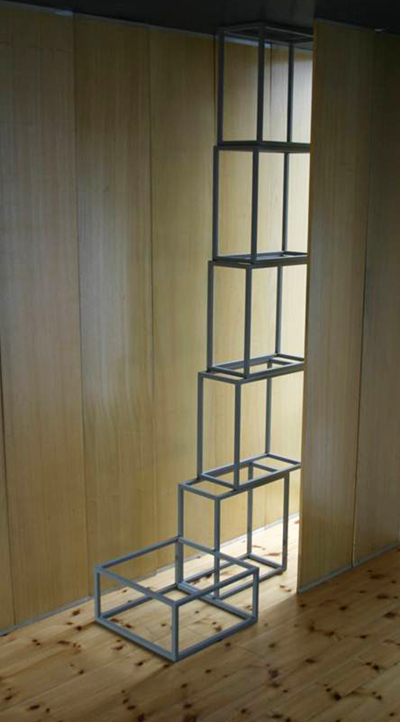 The Light and Colour Centre facilities
The Light and Colour Centre facilities
The group has the following laboratories to its disposal:
Room Laboratory
The Room Laboratory (romlab) has the quality of being a proper place where both researchers and students can build temporary real scale rooms. This interaction allows a proper relation man – space where the role of lighting on interiors can be analysed and studied. Students using this laboratory also attain empirical knowledge within the lighting field.
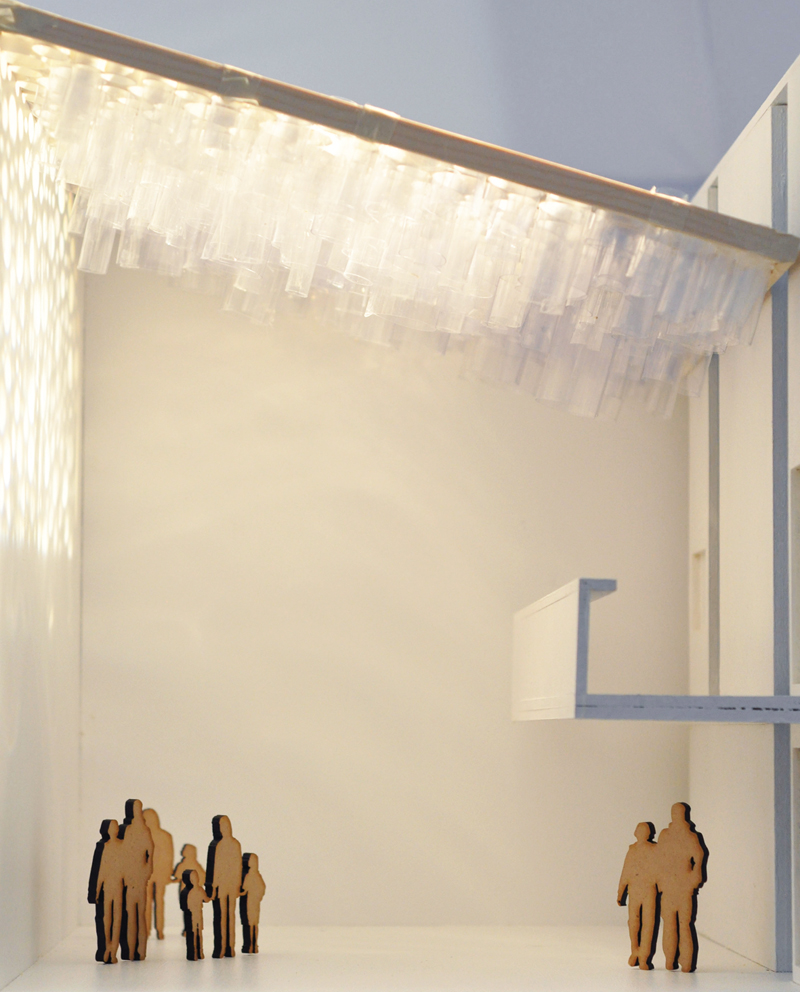 Daylight Laboratory
Daylight Laboratory
- Artificial sky (mirror box type)
- Artificial sun for research purposes
- Artificial sky for teaching
- Demonstration equipment for Colour Vision
- Instruments for colour measurements
Research Projects
Research Projects
Light & Colour Centre Research Projects
The Light & Colour Centre at NTNU meets the existing challenges on several layers. We are involved in multi-disciplinary research on basic problems concerning light and colour and their spatial interaction, such as the importance of adaptation in human perception of colour and light.
Present research projects and activities:
- DayLighting NFR-project focusing at daylighting issues at high latitudes
- IEA Task 50 Advanced Lighting Solutions for Retrofitting Buildings
- HOME - Holistic monitoring of indoor environment (Idelab/NFR)
- VIEW how to evaluate the quality of the view outside?
- The impact of light and colour on the perceived quality of architecture (PhD-project, Claudia Moscoso).
- Luminance based lighting design (PhD-project, Veronika Zaikina).
- Colour in the architectural context (PhD-project, Shabnam Arbab).
- Light well in apartment buildings (PhD-project in cooperation with WUT, Anna Sochocka)
- Light in school buildings. (Lys i læringsmiljø, Lyskultur publication).
- SYN-TES: a book about colour and light in space for people
- Nordic Light and Colour 2015, PhD/Master course 2.-7. March 2015
- Developing of the Daylight laboratory toward Light & Colour lab
- Colour Registration of Trondheim (Co-operation with Trondheim Municipality)
We also carry out applied research and development work regarding specific questions related to building and architecture, such as new methods for utilizing daylight or estimation of glare. Our research is carried out in constant interchange with our educational tasks on bachelor, master and postgraduate level, for example students are involved as observers in visual studies, and the projects of PhD candidates are formulated and carried out as a part of our research. There is also an interaction between the research and the artistic activities within the group, especially when it comes to light and colour in art galleries.
Our results are regularly presented at scientific conferences and as scientific articles, and we have regular interaction with a number of international research groups. We also collaborate with industrial companies dealing with products or questions connected to light and colour, and we aim at making our results presented to and understood by practitioners in architecture and other building professions. Artists from the group have regularly exhibitions, participate in decoration contests, are members of judge committees, etc.
The leader of the Light & Colour Centre cooperated in many years with scientists working with different light related topics at NTNU and SINTEF, coordinated joint activities and publications of this group called LYSFORSK and profiled it nationally.
The group cooperates actively with:
Zero Emission Building (project 3 and 11), centre of excellence, NTNU.
Previous collaboration:
Q2S - the Centre for Quantifiable Quality of Service in Communication Systems (project 5), previous centre of excellence, NTNU.
Publications
Publications
Light & Colour Centre publications
Nordic Light and Colour 2012
Editors: Barbara Matusiak and Karin Fridell Anter
Glazing (17,6 MB)
Colour shift behind modern glazing
PERCIFAL (9,1 MB - Norwegian)
PERCIFAL (10,4 MB - English)
Visual evaluation of light and colours in a spatial context
Translusente fasader (6,3 MB - Norwegian)
Guide when using translucent facade materials, in co-operation with the Norwegian Research Council
A Guide to Light and Colour Demonstrations (7,9 MB - English)
Computer Simulations vs Scale Model Measurements (English)
How We Evaluate the View Out Thought a Window (English)
Daylight in Zero Energy Buildings (5,2 MB - English)
Through Their Eyes.pdf (16,1 MB - English)
Two Master Thesis in co-operation with Politecnico di Torino, Italy
Farger i arkitektur - Fargeteori og metoder i praksis (17,7 MB - Norwegian)
Master's thesis by Bjørg Helene Andorsen, NTNU, autumn 2015
Teaching
Teaching
Teaching related to the Light & Colour Centre
- AAR4620 Architectural Design with Light And Colour
- AAR4850 Light and Lighting
- AAR4935 Light and Colour
Why Light and Colour?
Light and colour are inseparable in our experience of the world and together form our visual experience of space. Thus the understanding of light, colour and their interaction is fundamental for architecture as the art of forming and organizing space. This understanding includes several aspects: Physical, perceptual and cultural, which calls for a multidisciplinary approach. We base our mission on a scientific understanding of light and colour as physical properties, on research into their perceptual and physiological aspects and on the pursuit of a deeper understanding of their aesthetic and cultural roles.
In architecture, the importance of light and colour includes the creation of the experienced atmosphere, the expression of universal or/and local-cultural meanings, visual comfort and ergonomics for special tasks and for non-specified usage of rooms, non-visual effects of light such as alertness and circadian rhythms regulation and the special needs of visually impaired people. The increased demand for an efficient use of energy has led to the development of new light sources whose effects on humans are still largely unknown and that demand new knowledge to be used in an appropriate way. The demands for energy efficacy also call for more knowledge about the use of daylight as a source of illumination and for an adequate use of room coloration and surface materials.
There exist conflicts between different needs and demands where light and colour play an important role. One example is the reduction of size and light transmittance of glazing that has been the result of energy efficiency demands. The total light flux penetrating into today's new buildings is significantly lower than in the 1950´s. This means that the need for energy efficiency has diminished the amount of interior daylight, which on the other hand is known to be essential for health and well-being. To solve this conflict there is an urgent need for new creative solutions and higher precision in daylighting design.
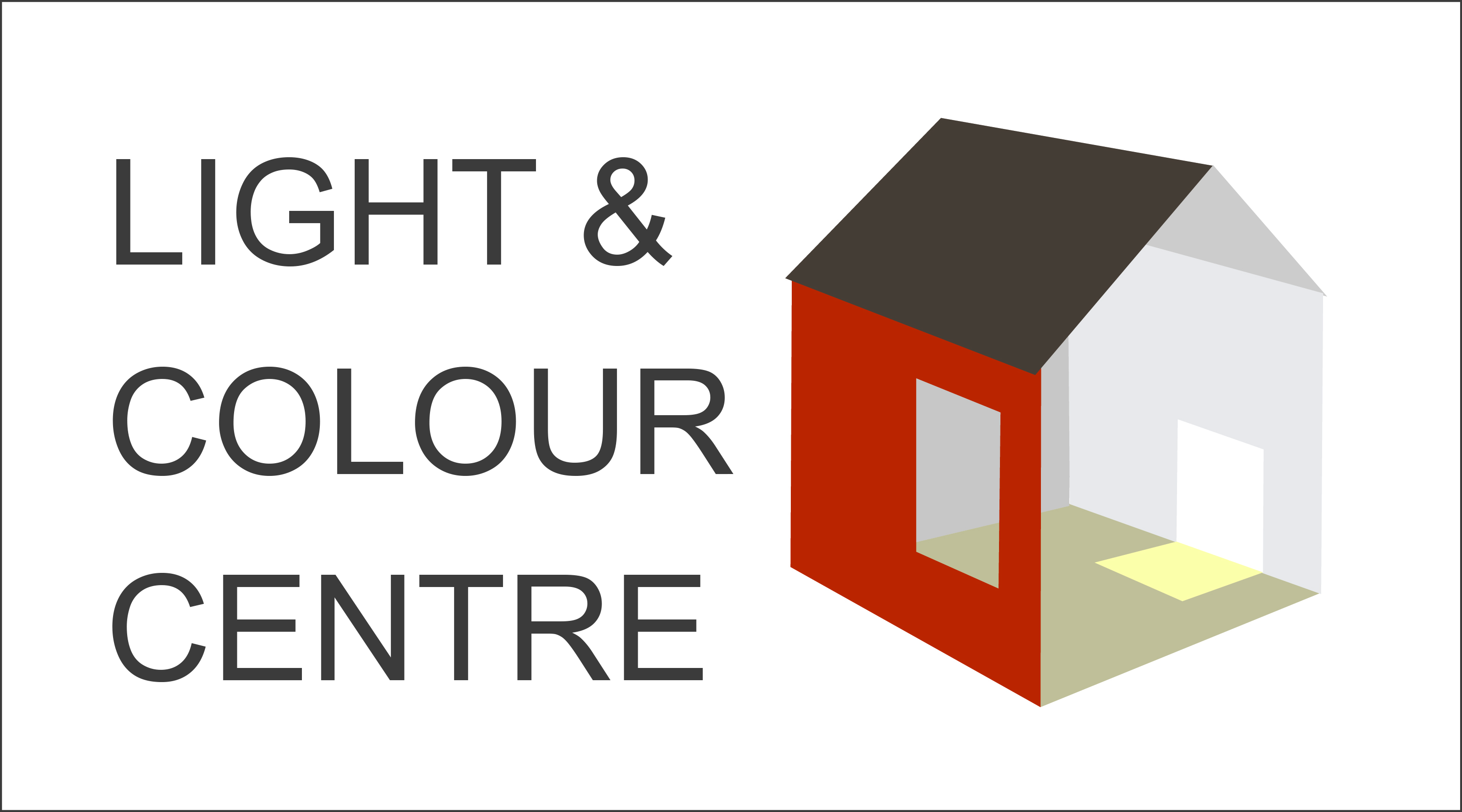
Contact
Phone: (+47) 73 59 50 77
E-mail: barbara.matusiak@ntnu.no
Visiting address:
Alfred Getz vei 3
Sentralbygg 1, 2. floor
Gløshaugen
Postal address:
NTNU
Department of Architecture and Technology
7491 Trondheim
PLDC 2017 Partner University
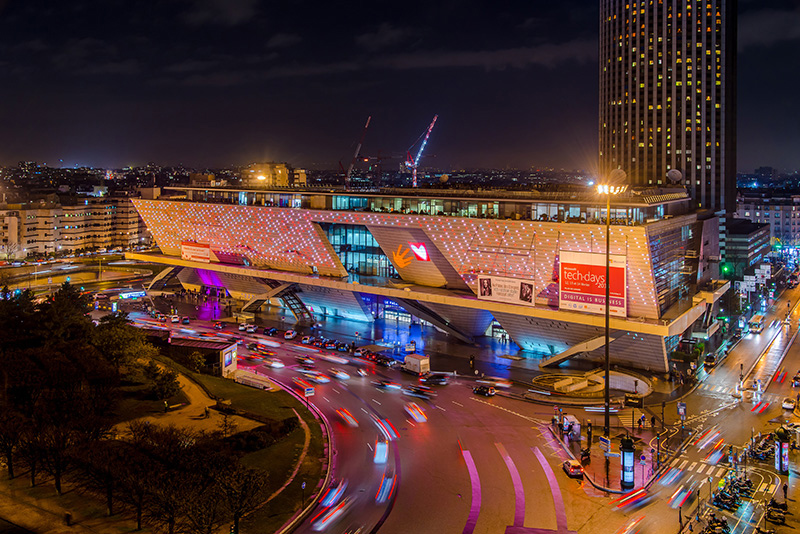
The Light and Colour Centre and The Norwegian University of Science and Technology are proud to support the Professional Lighting Design Convention, PLDC 2017 as a Partner University.
Designers, lighting architects, researchers, universities, industry and clients use PLDC as a platform to meet, learn about the latest developments in lighting design, and discuss the future of the lighting profession. PLDC stands for high quality knowledge transfer and international networking opportunities.
The motto of the 6th PLDC will be “Shift happens!” – pointing to the dramatic changes on the lighting design landscape, the impact of digital technologies and the processes the design community will have to undergo to adjust to changing conditions.
